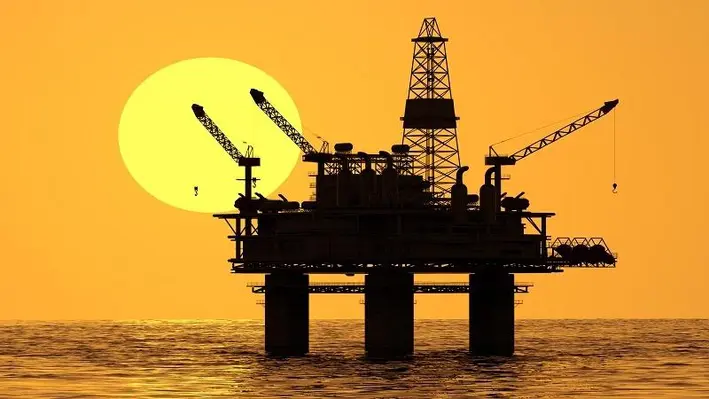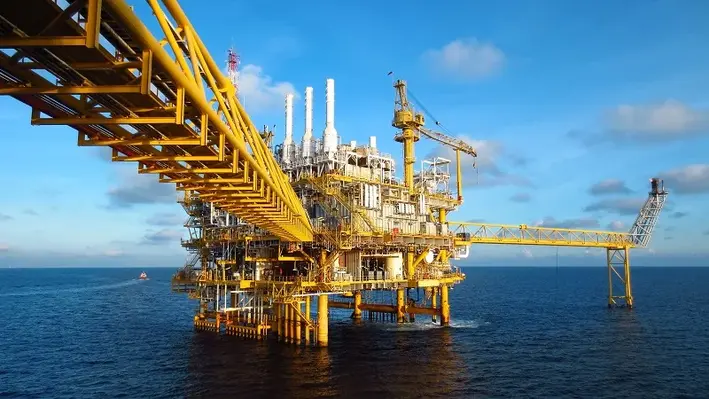 Considering the high risk of leaving offshore wells abandoned and orphaned in federal waters, the Bureau of Safety and Environmental Enforcement (BSEE) has vowed to strengthen the plugging of orphaned wells and associated pipelines.
Considering the high risk of leaving offshore wells abandoned and orphaned in federal waters, the Bureau of Safety and Environmental Enforcement (BSEE) has vowed to strengthen the plugging of orphaned wells and associated pipelines.
According to BSEE's analysis, well decommissioning costs around US$344,000 to US$421,000. Investing an adequate amount in this area would likely help in supporting around 10,500 well-paying jobs annually over the next decade. These jobs would be tailor-made for oil and gas workers as well as additional jobs in the oil and gas inspections workforce to detect harmful methane leaks—which have devastating effects on the environment and people—and survey orphan wells for cleanup.
Although thousands of wells are orphaned or improperly unplugged, a lack of adequate information regarding their exact numbers cannot create specific processes for monitoring these wells, including for their carbon, hydrogen sulfide, and methane emissions. This is why keeping a comprehensive record of the condition and location of all offshore oil and gas wells and facilities and consistent monitoring should continue after decommissioning is complete. Around 18,000 miles of inactive pipelines that are unmapped and unmonitored in the Gulf of Mexico.
According to the Centre for American Progress (CAP), enforcement of existing policies; a robust federal job programme; increasing financial obligations; and a comprehensive record-keeping and monitoring process are considered to be viable approaches to both reducing the negative socioeconomic and environmental impacts of these sites as well as the ease with which they come to exist.




